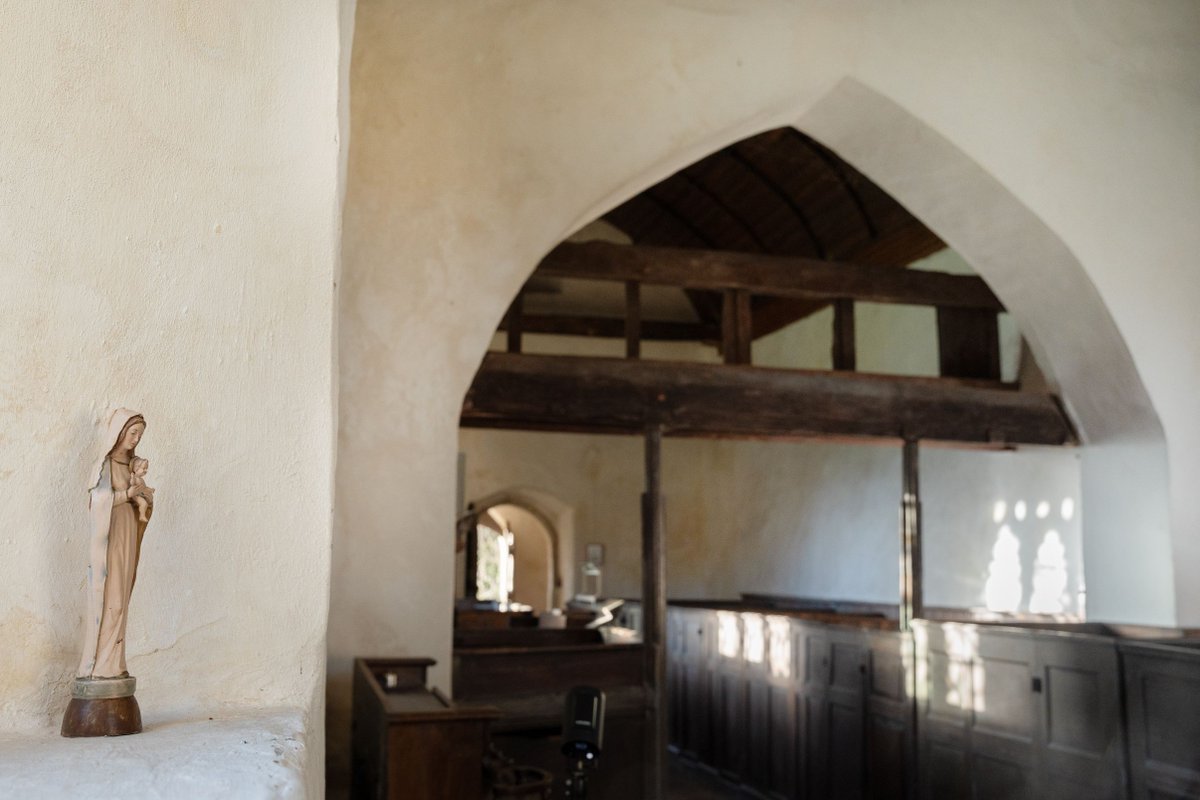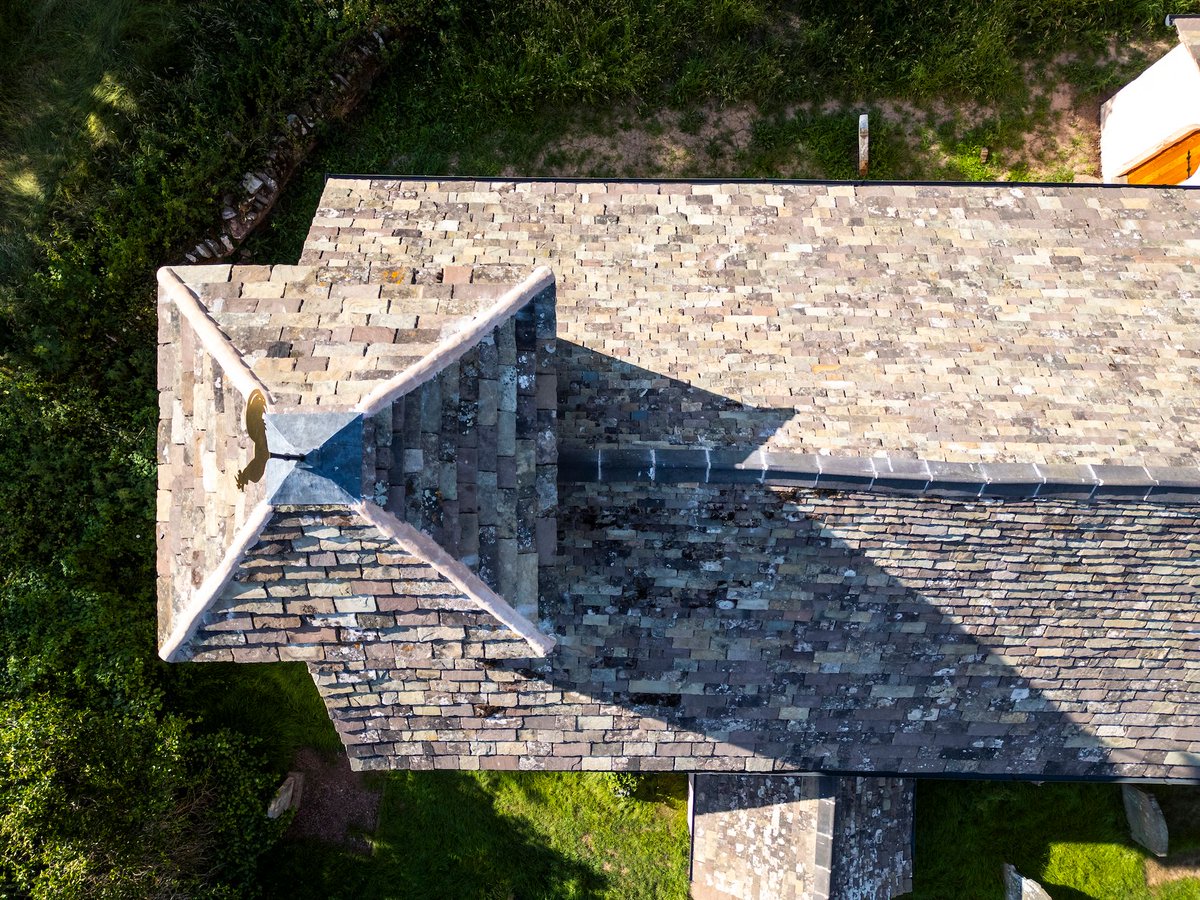Grandson of a king called “superbus tyrannus”, 7th-c Cynhaiarn lost his brother and father in battle. Another brother was mauled by animals but pieced back together like Frankenstein’s Monster…
To escape, he paddled out to the middle of a lake and built a cell there...
#thread
To escape, he paddled out to the middle of a lake and built a cell there...
#thread

We know very little about St Cynhaiarn. He was the son of Cyndrwyn. His brother was Cynddylan, who plundered Lichfield monastery and slaughtered “book-clutching monks”. Upon Cynddylan's, his sister Heledd wrote Canu Heledd – a series of short poems describing her loss.
2/
2/

After this tragedy, Cynhaiarn and some his brothers turned to God. And to learn, they went to none other than St Beuno.
St Beuno was a popular guy. To get away from pupils and parishioners, he used to wade out into the middle of a river at and kneel on a stone to pray.
3/
St Beuno was a popular guy. To get away from pupils and parishioners, he used to wade out into the middle of a river at and kneel on a stone to pray.
3/

One night, Beuno was out there praying, when Cynhaiarn’s brother Aelhaiarn approached him. Incensed at being disturbed, Beuno muttered that God should teach that man a lesson. (Or something more fitting to a 7th-century saint.)
4/
4/

At once, wild animals burst through the woodland and ripped poor Aelhaiarn to pieces! Beuno was horrified. He shooed away the beasts and looked at the dismembered body before him. It was then that he recognised that it was his student, Aelhaiarn!!
5/
5/

Beuno dashed about gathering up all the bits of Aelhaiarn’s body. He reassembled the bits and brought Aelhaiarn back to life! But, upon completion he noticed that Aelhaiarn was missing an eyebrow…
6/
6/

Searching about him for something eyebrow shaped, Beuno took the iron tip of his staff and fixed it to Aelhaiarn’s brow. From then on, Aelhaiarn was known as ‘iron eyebrow’.
7/
7/
The photos in this thread are of the church at Ynyscynhaiarn, which stood on an island in the middle of Llyn Ystumllyn until the 1800s, when the lake was drained. The church is on the spot where Cynhaiarn rowed to all those centuries ago to build his cell and live in solitude.
8/
8/

• • •
Missing some Tweet in this thread? You can try to
force a refresh






















